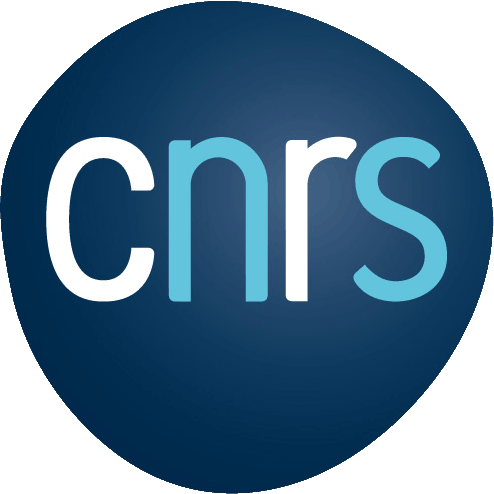Offre en lien avec l’Action/le Réseau : – — –/– — –
Laboratoire/Entreprise : Centre National de Recherches Météorologiques
Durée : 21 months
Contact : laure.raynaud@meteo.fr
Date limite de publication : 2024-01-31
Contexte :
In the past months several studies have proposed a new paradigm for weather prediction, demonstrating that data-driven forecasting models are now competitive with traditional physics-based models, on a number of variables and at a relatively coarse scale.
In this context, the main mission of the open position is to carry out innovative work to develop an emulator of numerical weather prediction model on a regional scale, based on state-of-the-art artificial intelligence methods (transformers, graph networks, generative models).
Application on CNRS portal : https://emploi.cnrs.fr/Offres/CDD/UMR3589-LAURAY-005/Default.aspx
Sujet :
In the current state of knowledge and progress, the areas to explore are:
1. the creation of learning datasets, based on simulations and/or observations;
2. the choice of a neural network architecture adapted to the problem, based on recent literature on the subject (transformers, graph networks, etc.);
3. implementation and training of the selected architecture on the available datasets;
4. evaluation of the emulator, using diagnostics and objective forecast scores, and analysis of high-impact weather situations.
The developments will be carried out in priority for high-resolution forecasting on a regional scale, over France and neighboring countries, but could be extended to forecasting on overseas areas or for forecasting on a global scale. The work will use the most innovative aspects of deep learning, and will require scientific watch on these techniques. The position holder will also be required to collaborate with other Météo-France services, scientists and industrials in the mathematical and IT fields, and European partners. He or she will be encouraged to participate in international institutional or scientific meetings, to contribute to national or European projects, and to participate to the publication of results in the form of scientific articles.
Profil du candidat :
We are seeking for a highly motivated candidate with a strong experience in deep learning with large-scale data.
Formation et compétences requises :
The ideal candidate will have the following qualifications:
– A master’s or engineering degree in computer science or statistics
– Recognized expertise in statistical learning methods (convolutional neural networks, Transformers, graph networks, GANs, etc.)
– Excellent capabilities in Python programming and classic development environments for deep learning (PyTorch, Tensorflow)
– Experience in using GPU processors and code optimization (parallelization)
– Experience in handling very large datasets
– An ability to work scientifically in a team, with internal and external collaborators, and to communicate results in English, both written and orally
– Scientific curiosity, rigor, autonomy
– An interest in the application to atmospheric sciences; a first experience in this field will be an advantage.
Adresse d’emploi :
CNRM, Toulouse, France.
The National Center for Meteorological Research (CNRM) is a Joint Research Unit (UMR) with dual supervision from Météo-France and CNRS. The CNRM conducts research in conjunction with the missions of Météo-France and other organizations, notably the CNRS and universities. The CNRM participates in major international or European scientific programs in its field of expertise.
The position holder will be part of the Predictability team, located on the Météopole site in Toulouse. The team’s research focuses on the development of operational ensemble forecasting systems at Météo-France and the integration of AI methods in atmospheric modeling.

